John Rousmaniere: The definition of seamanship
Published on April 17th, 2014
Recently released by Simon & Schuster, the fourth edition of The Annapolis Book of Seamanship by John Rousmaniere is an updated version of the essential book about sailing and safety at sea. WindCheck contributor Amy Villalba spoke with the award-winning author about the new volume and the definition of seamanship.
Amy Villalba: Tell me about the fourth edition of The Annapolis Book of Seamanship.
John Rousmaniere: The first edition was 30 years ago, in 1983. It’s a very complicated book which took five years to put together. It continues to sell well, but needed updating. We had nothing on GPS or chart plotters; the safety parts have been updated a lot. I completely re-wrote five chapters, changed others; a third to half the words have been altered in some way. The fundamentals are the same as they were with Columbus, but we’re trying to emphasize them in new ways.
AV: What are the key updates, particularly new technologies?
JR: DSC, the digital system the Coast Guard uses for emergencies on Channel 16, is very important for any sailor. AIS, the beacon that projects information about your boat, is very important in crowded waters as people can see you from 6-7 miles away, tell what kind of boat you are and in emergencies AIS makes it easier to find boats.
AV: The Annapolis Book of Seamanship is known as “the definitive guide to the art and science of sailing.” How much is art? How much science?
JR: Art would be the human side, science the technical side; inevitably they’re going to meet. Sailing is an art or a craft, a set of skills you acquire, but it’s also a state of mind. The seamanship ethos is not simply a list of five knots you should know, three ways to do a shackle, sail trim, or how to set a spinnaker. It’s some of those things, but it’s really a state of mind.
AV: How would you encourage people who are intimidated by the technical aspects to try sailing?
JR: I write of Corny Shields’ transformation just by being given the helm. Put people at the helm with gentle guidance, don’t get them racing or go out in too much wind. There’s this magic of turning this inanimate object into something that’s moving and feels alive. If you get people fully engaged, the technical stuff will follow.
AV: Tell us about the Capsize & Crew Overboard Safety Clinic with US Sailing at Nyack Boat Club.
JR: This clinic was not just for sailors, but for safety patrol, race committee, the flag officers, small boats and big boats. What makes them work is you have everyone in the same room so they can start talking. They have common concerns and many of the solutions are the same.
The Annapolis Book of Seamanship is available on Amazon.com. Click here for details.


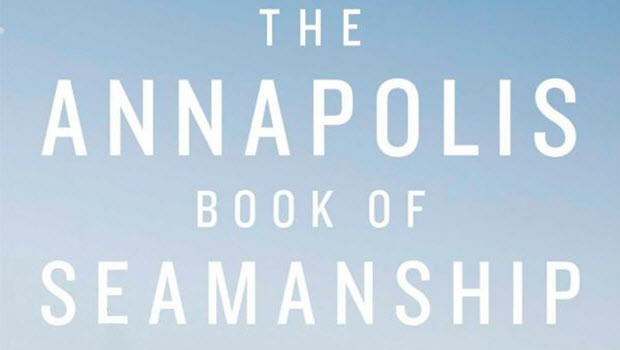


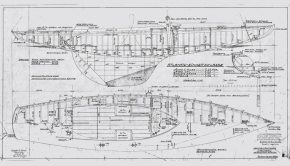
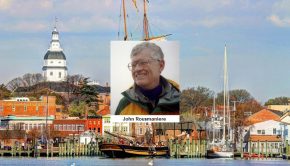
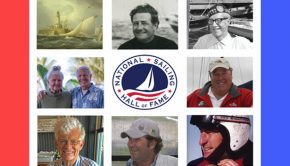
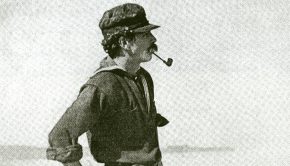
 We’ll keep your information safe.
We’ll keep your information safe.